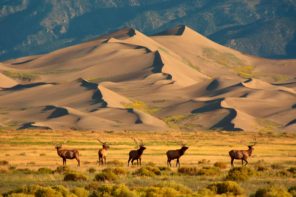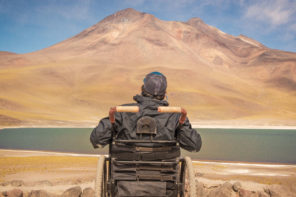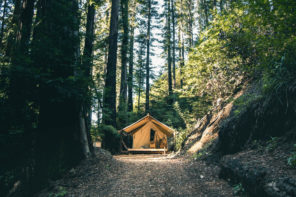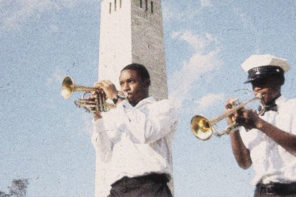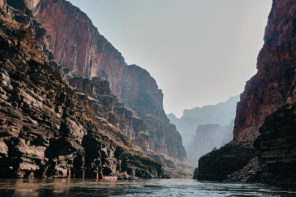Diving Into the Underwater Realms of National Parks
When people think of national parks, odds are they think of the American Midwest and mountains and bison and probably the state of Wyoming. Adds up. Aboveground national parks are great, but what about the parks that are underwater? You heard us, national parks ~submerged~. Turns out, they’re all over the United States and a lot of the parks we know hide in underwater worlds. From Death Valley in California to the Dry Tortugas in Florida, here’s a deep dive into these cherished parks found below the surface.
Death Valley National Park
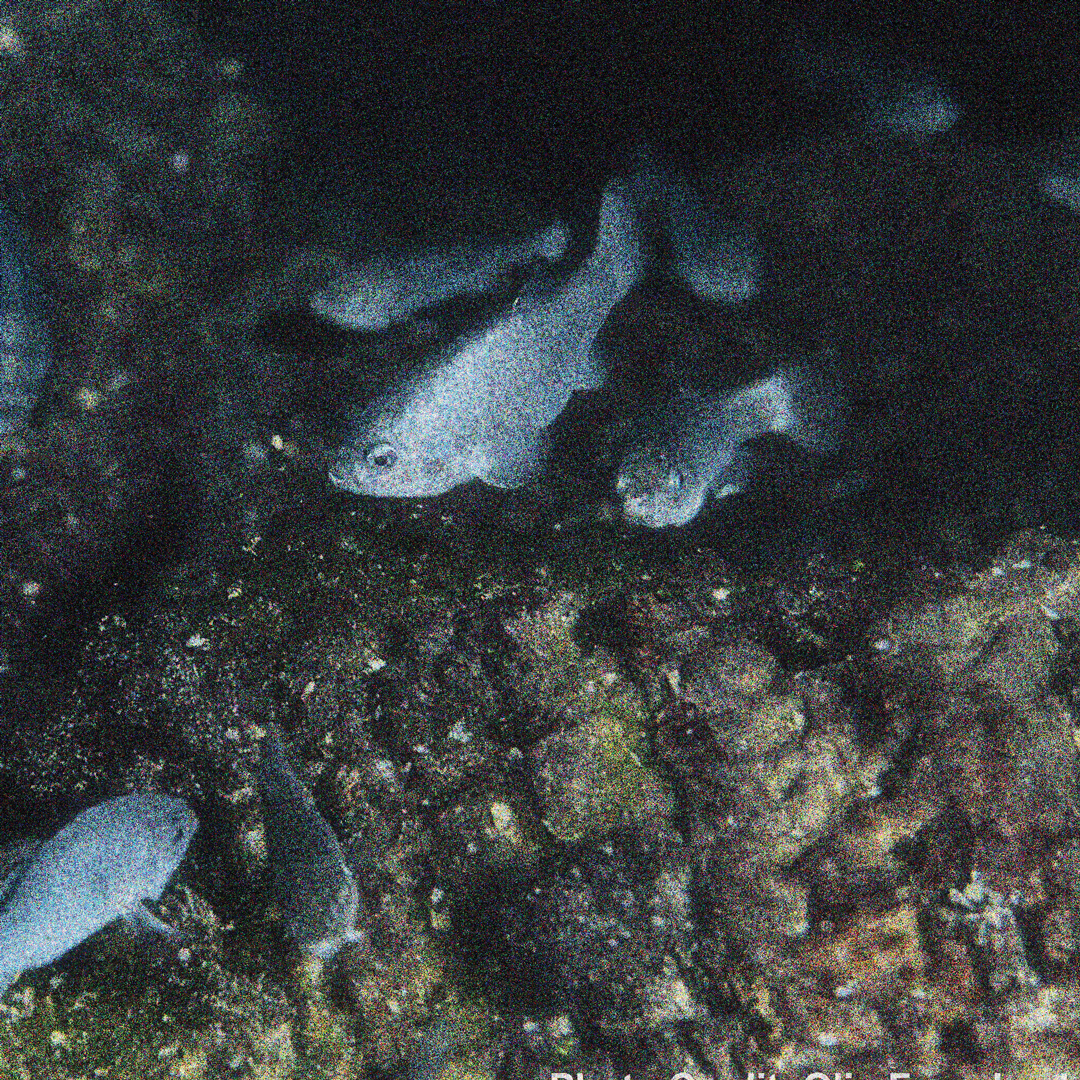
In southwest Nevada, Devils Hole is a submerged cavern—an oasis that is actually nestled in a huge desert, prohibited unless you have permission, and only accessible by foot. Hope you have a good pair of hiking boots. Don’t be alarmed if you see what you think is a dog but is actually a fish. Called the Devils Hole pupfish, these playful little swimmers are one of the rarest fish in the world and are only found here, despite human attempts to establish populations elsewhere. This 91-degree geothermal pool is estimated to be 500 feet deep, but nobody knows how far it really goes down. Infamous cult leader Charles Manson believed it to be a gateway to the underworld. Do with that what you will.
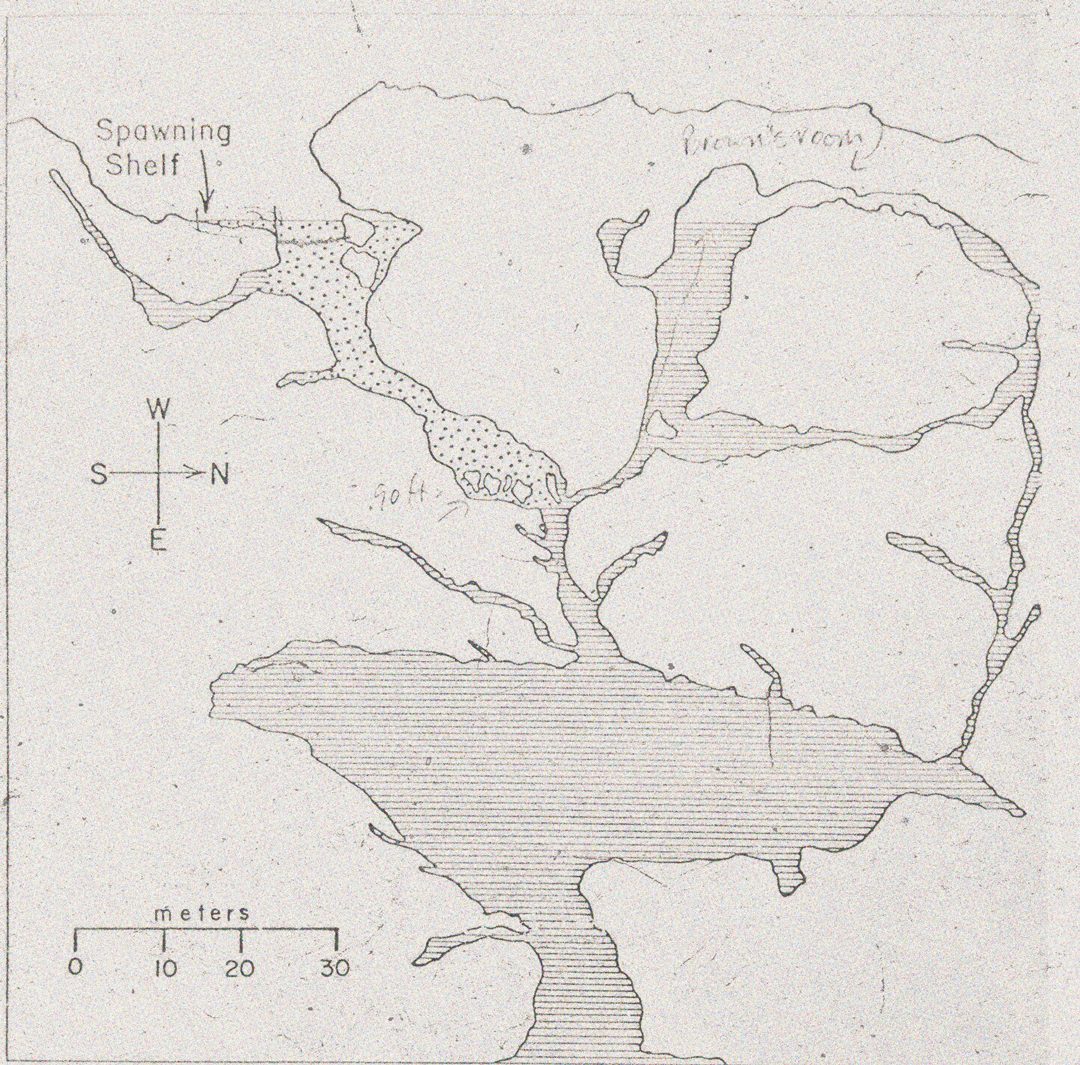
Channel Islands National Park
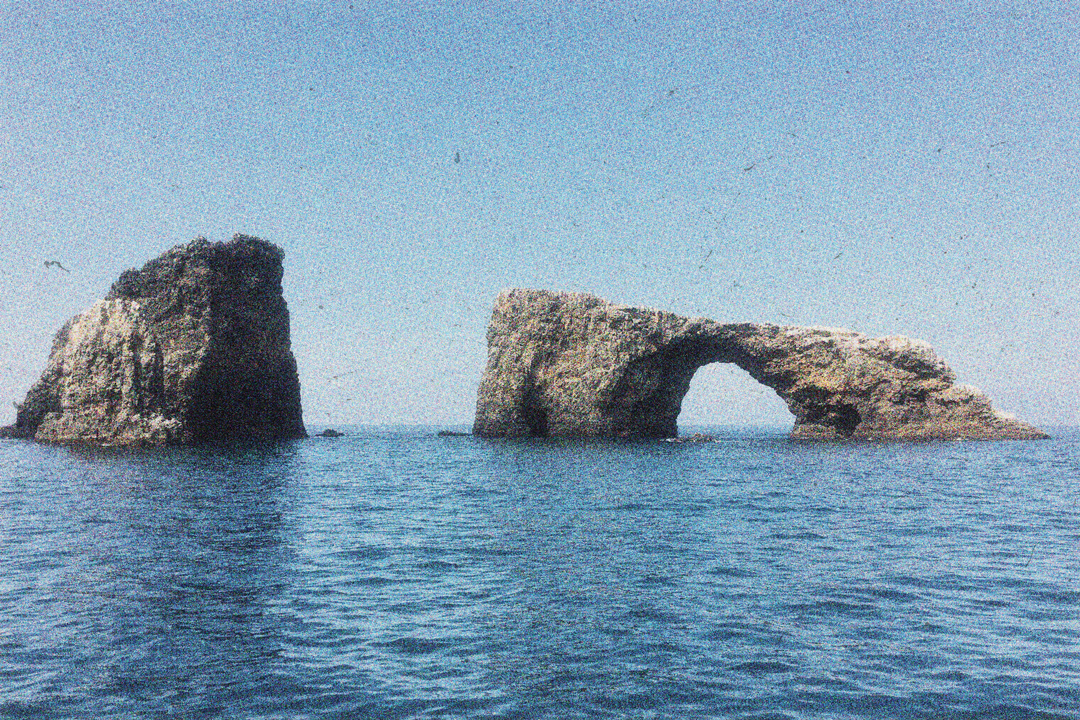
If you’re into the whole island-hopping thing, this is a good one for you. Channel Islands National Park is made up of five different islands and is known as the Galápagos of North America. Originally inhabited by the Chumash tribe, which translates to “bead maker” or “seashell people.” They live up to their name. They made jewelry from seashells and might have been the first people in the Americas to invent a system of currency, which also used shells. Search Etsy for “Chumash” and you’ll find tribal artists making and selling shell jewelry today.
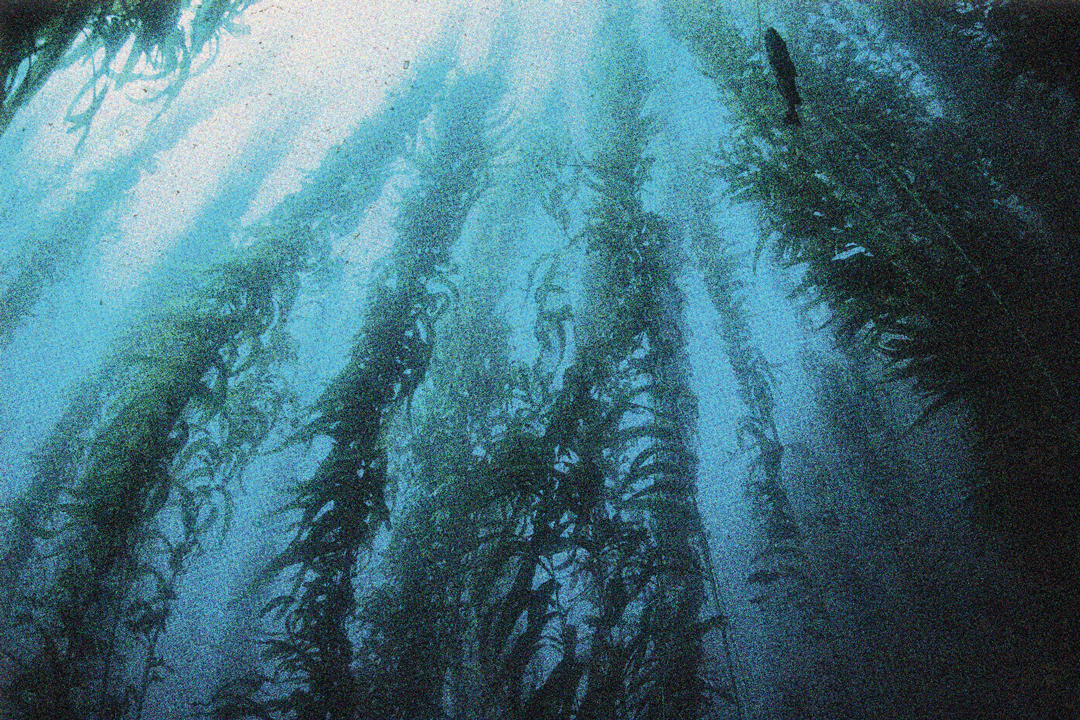
Grand Teton National Park
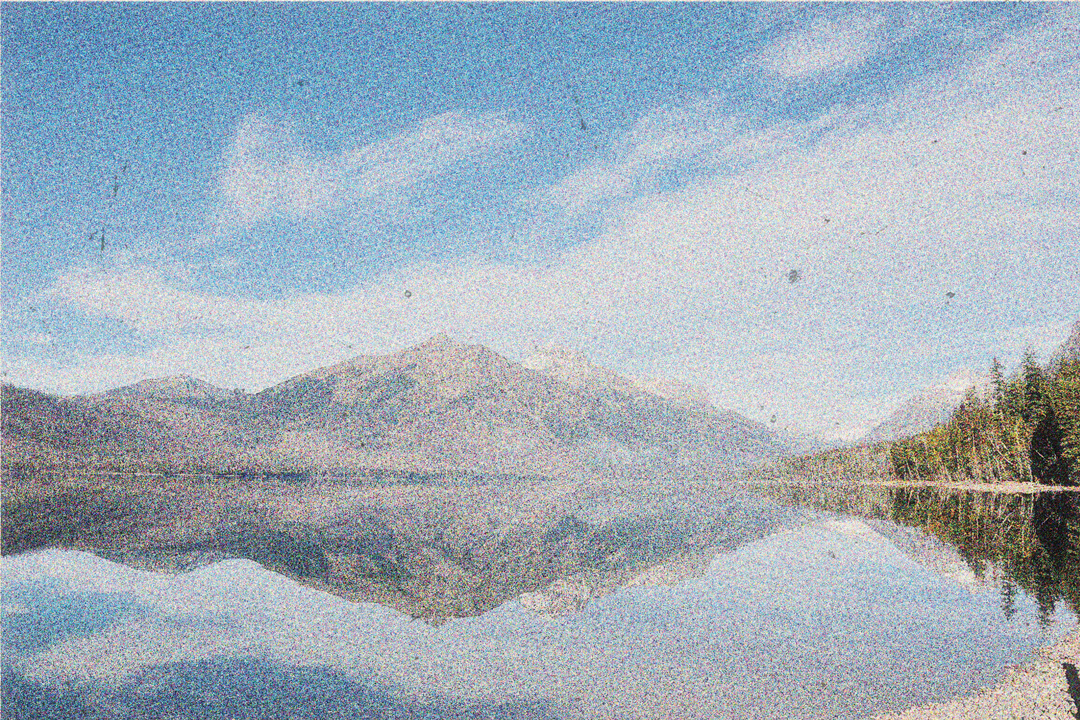
If you ever find yourself in Western Wyoming, you likely wouldn’t expect to need any sort of swimming gear. But the Snake River and Jenny Lake are ideal for water enthusiasts. Dive into Jenny Lake and you’ll find a secret underwater forest of trees that have made their way below the surface from landslides. May or may not look like The Upside Down from Stranger Things.
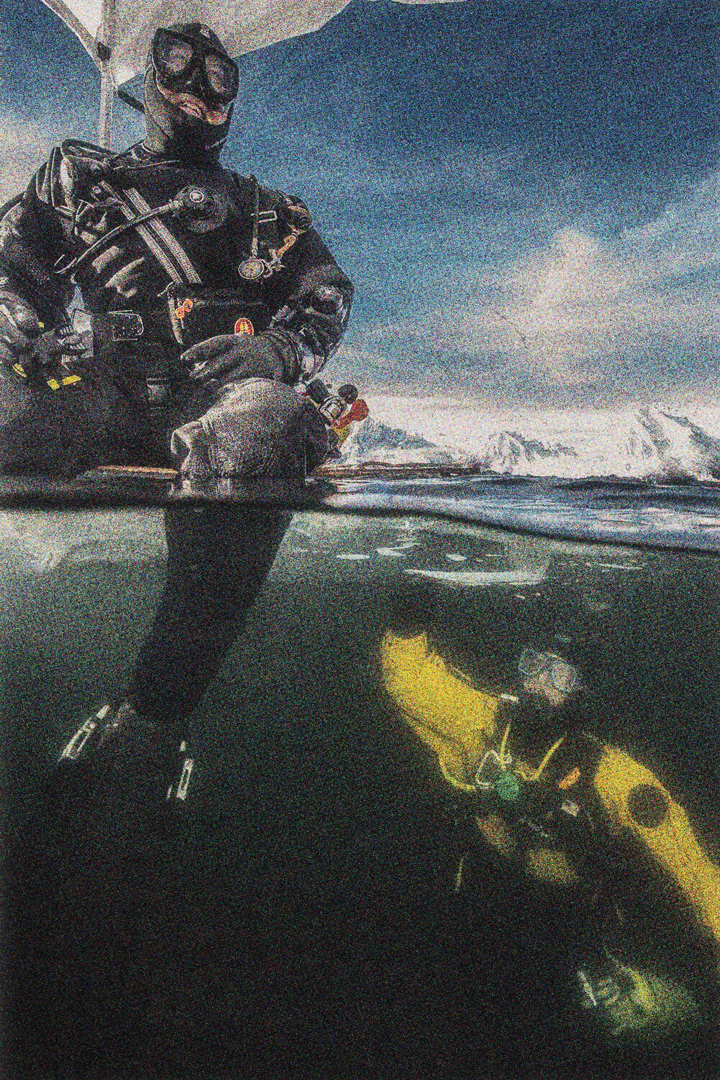
Glacier National Park
Glaciers and swimming don’t necessarily go hand in hand, but neither do shipwrecks in Montana. Bring your diving gear to this park and you’ll find Gertrude—a 1907 ship that sits 20 feet below the surface of Upper Waterton Lake on the Canadian side of the park.
Virgin Islands National Park
Virgin Islands National Park is surrounded by 5,500 acres of ocean and is home to Trunk Bay, which some say is the most beautiful beach in the world. All that ocean means a lot of opportunity for underwater activities. It’s said that you can go diving at a different site every day for months before having to go to the same spot again. The world really is your oyster.
There are also rumors that this place is prime treasure-hunting territory.
Biscayne National Park
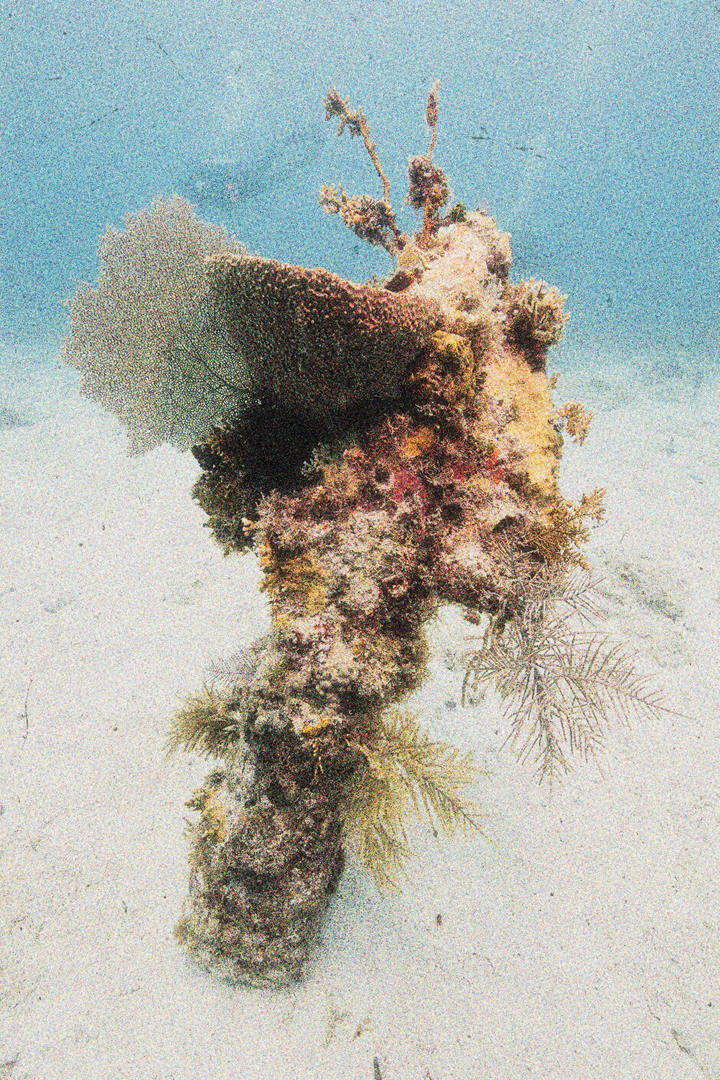
Down by Miami, Biscayne National Park is 95 percent water and is filled with over 50 shipwrecks, four ecosystems, and the third-largest coral reef in the world. Get your flippers. We recommend exploring the coral reef and one of the longest stretches of wild mangroves on Florida’s East Coast.
Dry Tortugas National Park
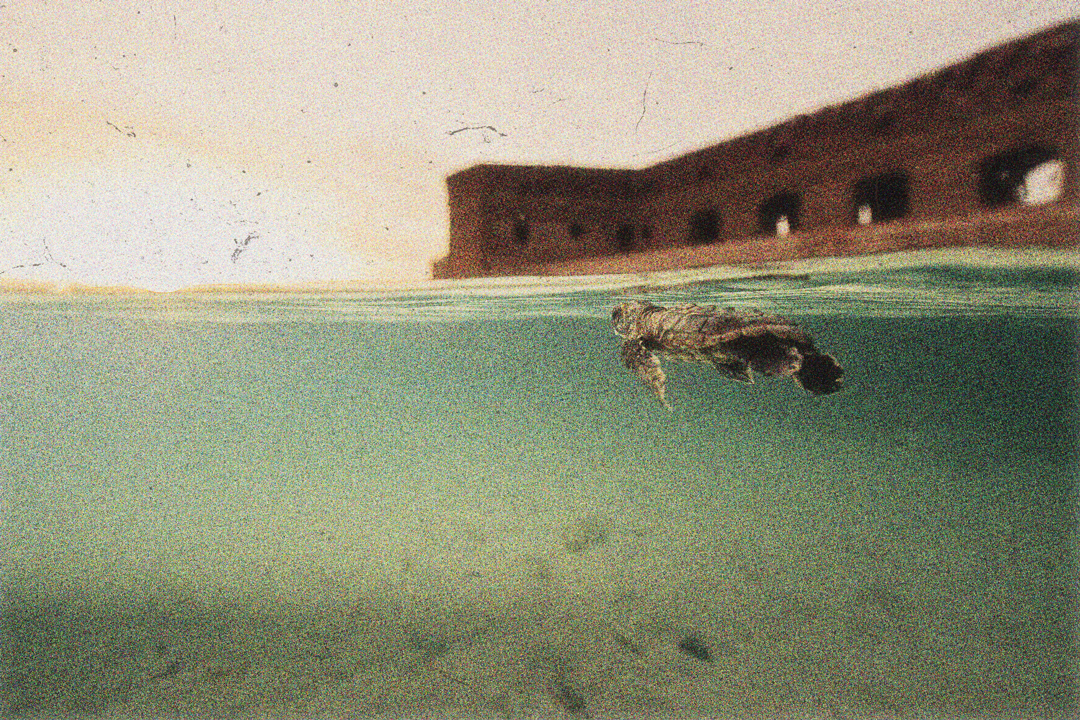
You didn’t think we would only write about one underwater national park in Florida. The Dry Tortugas are known for their preservation of Fort Jefferson and the seven islands around it. There are also rumors that this place is prime treasure-hunting territory, where the remains of hundreds of Spanish galleons rest, but Nic Cage has probably already beat us to it. Tortugas, meaning “Turtles,” the name comes from, you guessed it, an abundance of turtles when Ponce de Leon discovered the island. And they’re still around today. Take it slow.
Yellowstone National Park
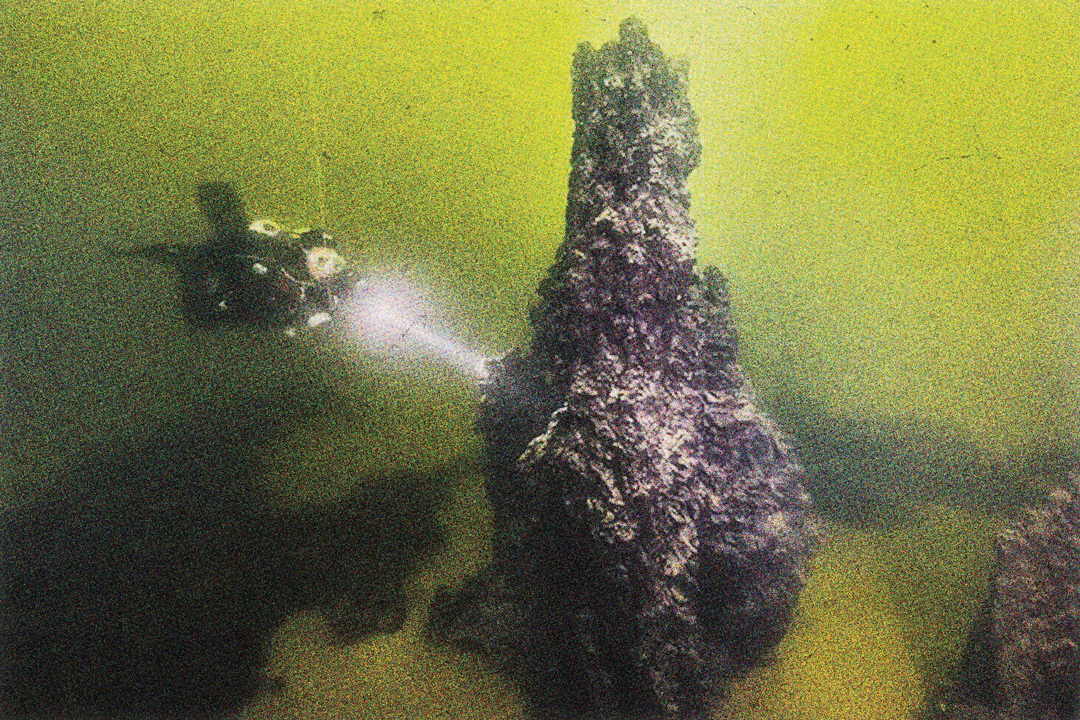
Almost three times (2.85 to be exact) bigger than the state of Rhode Island, and covering three states, Yellowstone National Park is home to the largest freshwater lake in North America, appropriately named Yellowstone Lake. Makes sense. This lake is home to geysers, hot springs and even canyons. The largest population of cutthroat trout signed a lease here too. Not quite sure why, but this lake drains into rivers that go to both coasts, and backwards — water from the west end of the lake goes to the Atlantic, and from the east end to the Pacific. We’ll mind our own business.
Olympic National Park
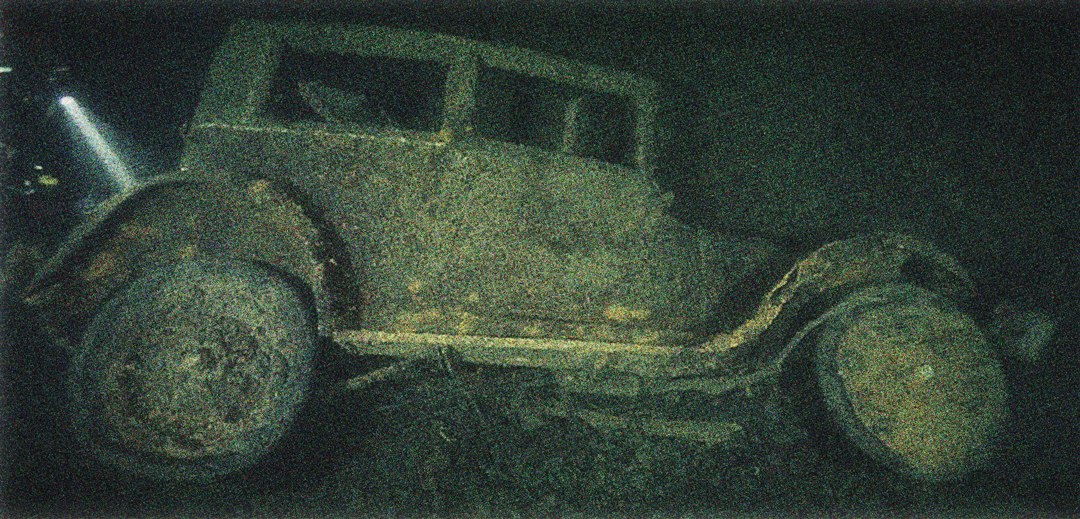
Established in 1938, Olympic National Park is defined by its water. Man, would Poseidon be impressed. From tidepools, to lakes, to waterfalls, this park has a lot going on above and below the surface. You can dive through the hatches of the sunken wooden barge that used to transport cargo up and down the lake before they slapped down the road. Not into diving? You can also raft, canoe or take a boat tour. If you’re lucky, you might catch a glimpse of a species of mudminnow that can only be found in these waters. Talk about exclusive.






